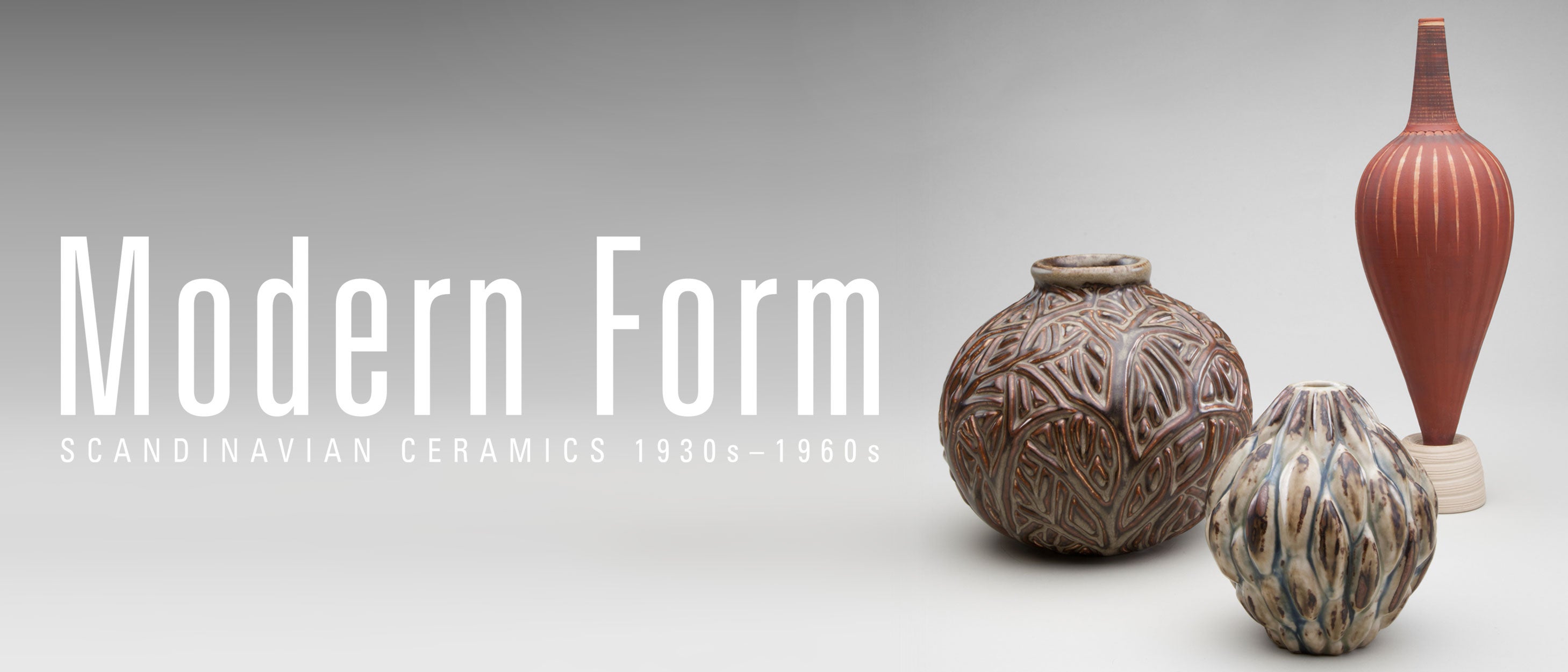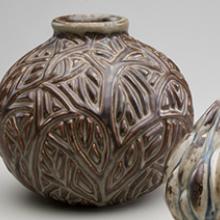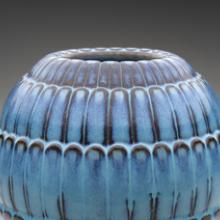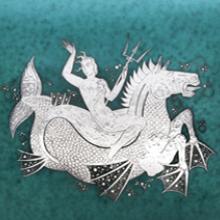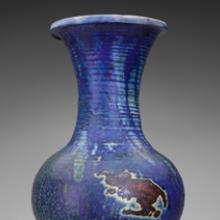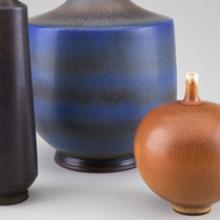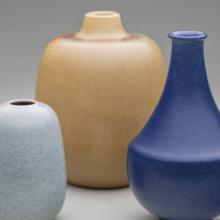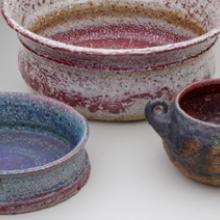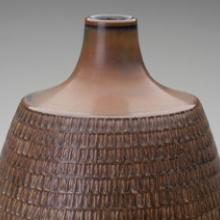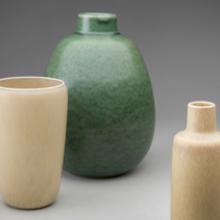Modern Form: Scandinavian Ceramics 1930s–1960s
Modern Form: Scandinavian Ceramics 1930s–1960s
Scandinavians have mastered the art of designing and fabricating a variety of simple, yet elegant home furnishings. Whether a chair or a ceramic vase, handmade or machine made, Scandinavian designers long believed that well-crafted, affordable, and aesthetically pleasing objects could enhance the quality of everyday life. Modern ideas such as these began sweeping across Europe in the late 1800s. Swedish social reformer Ellen Key (1849–1926) encouraged manufacturers to hire artists to design domestic wares and coined the slogan "Beauty for All!" Swedish art historian Gregor Paulsson further encouraged such ideals in his influential book, Better Things for Everyday Life (1919).
While many designers in continental Europe and the United States took a more austere, machine-inspired approach to modernism, Scandinavian designers imbued their furnishings with warmth. Many pieces were inspired by nature and made with organic materials. The general public welcomed this less severe, more palatable approach. Displays at the Chicago (1933) and New York (1939) World's Fairs, and the Paris Exposition of 1937, as well as the 1950s landmark exhibition, Design in Scandinavia, which toured the United States and Canada, assisted in making Scandinavian design influential on an international level. The demand for Scandinavian-designed items soared, particularly in the late 1940s and 1950s.
Ceramics, an essential component of Scandinavia's modern design repertoire, reached new heights from the 1920s to the 1960s. Artists working at pottery factories throughout Scandinavia focused on producing inexpensive, functional, and beautiful ceramics for mass production. They also had the unique opportunity to design one-of-a-kind or limited- edition pieces in special studios the factories established for creative pursuits. Other potters and glaze specialists set up small, independent workshops, where they created some of the finest pottery ever produced in Scandinavia. A number of these artists came with background training in painting, graphic design, sculpture, engineering, and architecture. Many ceramicists spent their entire careers at a single factory or workshop.
Inspired by Chinese ceramics, in addition to porcelain and earthenware ceramicists in Scandinavia began to focus on the creation of decorative stoneware in the twentieth century. Stoneware's subdued, multi-color glazes and the rich texture of the clay encouraged designers to create an assortment of new shapes and color palettes. Sweden's Wilhelm KР“Тђge (1889–1960), Denmark's Axel Salto (1889–1961), and Finland's Kyllikki Salmenhaara (1915–81) worked masterfully in this medium, creating innovative, organic forms reflective of the natural world. Although they shared similar ideas about modern ceramics, each ceramicist produced unique variations in their designs. Modern Form: Scandinavian Ceramics 1930s–1960s displays studio pottery by each of these highly distinguished ceramists as well as the work of many of their contemporaries.
This exhibition was made possible through a generous loan from Forrest L. Merrill and Sid and Terry Garrison.
Photography is not permitted. © 2012 by San Francisco Airport Commission. All rights reserved.
